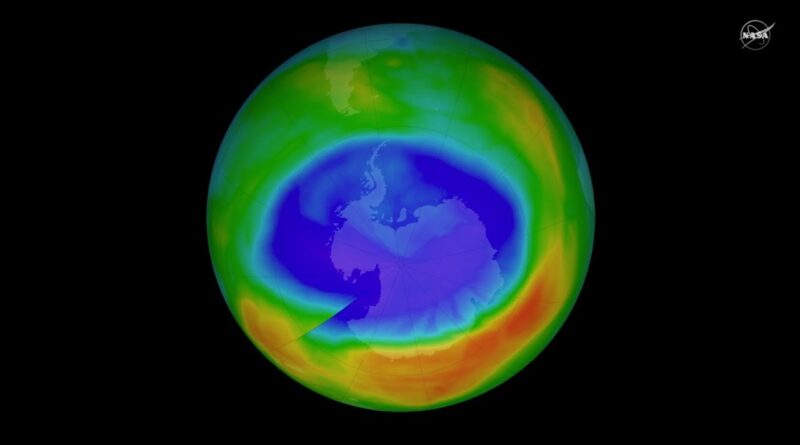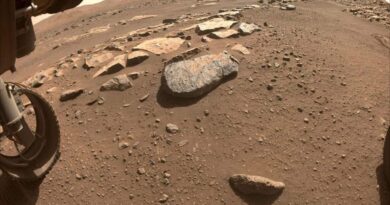NASA talks about why we have to protect the ozone layer
Many years ago, one of the biggest concerns about our planet was the exhaustion of our ozone layer. The concern was so great that the new laws were approved by prohibiting certain propellants in aerosol products to avoid the depletion of the ozone layer. With all the global warming talk, we no longer listen to a lot about the ozone layer, but NASA reminds us that we still have to protect it and talk about the world we avoid doing it.
According to NASA, the protection of the ozone layer also helps to protect the capacity of the Earth to sequester carbon, helping to reduce global warming. According to NASA’s research, the University of Lancaster, and other groups, which protect the ozone layer from the Earth so far, has protected the vegetation of the planet and avoided an increase of 0.85 degrees Celsius that are heated around the planet.
The ozone layer helps block UV radiation, and the study shows that the Montréal Protocol, which regulated substances that deplete ozone, has protected the plants, pulling carbon from the atmosphere. According to the new study, the impact of plants had not been accounted for in previous research on climate change.
The last research has simulated what would have been like Earth there had been no prohibition of chlorofluorocarbons (CFC) and found that there would have been a significant global thinning of the ozone layer if the world had not acted in 1987. The new study reviewed the question What the world would have been like no change, but this time he looked at what would have happened to the plants in the absence of the ozone layer.
Two hypothetical scenarios were investigated, including the result of a protected world and the world had not been forbidden by CFCs. The worst scenario assumed an increase in CFC emissions at a rate of three percent each year from the 1970s. That scenario found a significant thinning of the ozone layer around the world for 2050. In 2100 holes of Ozone formed in the tropics would have been more significant than the hole in the ozone layer observed in Antarctica.
The exhausted ozone would allow more UV radiation to hit the surface of the Earth and prevent plants from storing carbon in their tissue and soil. In that worse case, it is estimated that CO2 levels are 30 percent higher than we currently on earth, which leads to a planet that was 0.85 degrees Celsius Warmer due to the impact only on plants .




